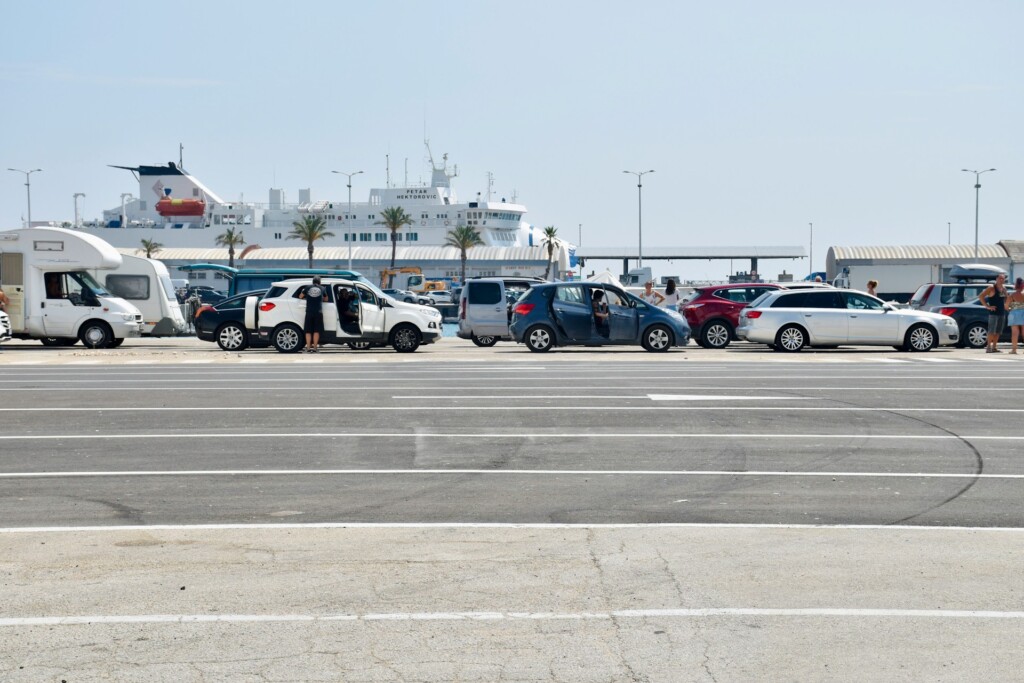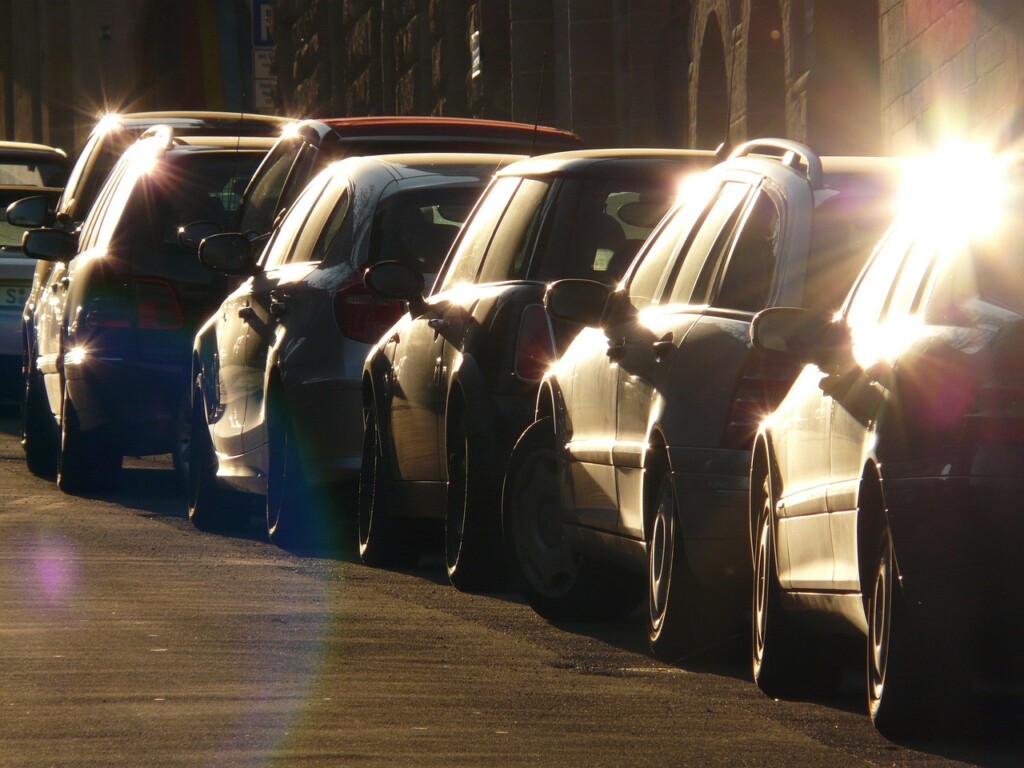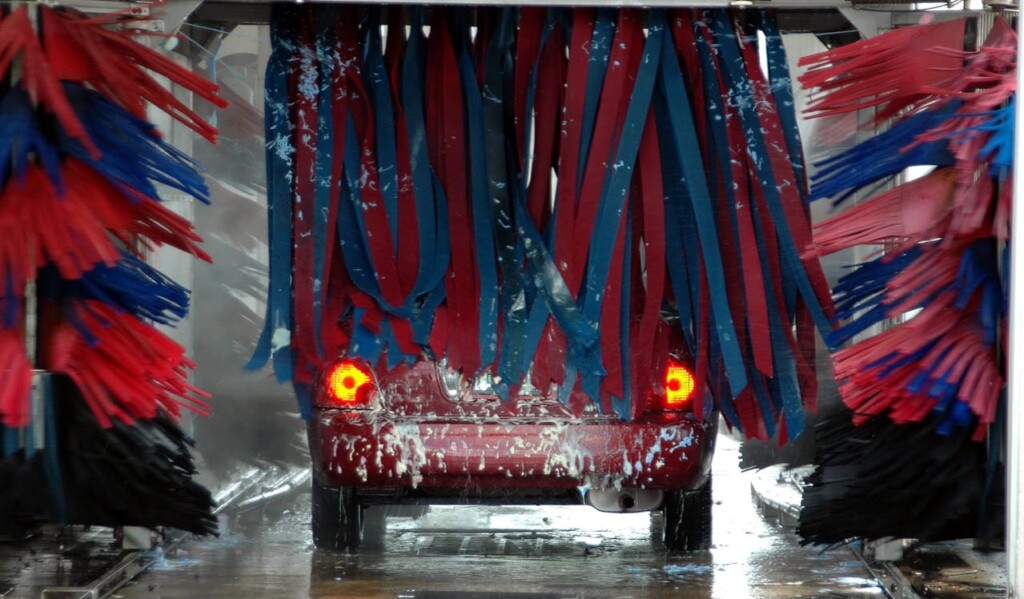McKinney’s car wash queueing lane standards draw from multiple regulatory layers that shape how we design and construct vehicle circulation systems. The city’s regulatory framework centers on the Unified Development Code, which establishes the foundation for vehicle parking and loading requirements that directly impact queue management and site flow.
Local standards work in concert with regional specifications when city guidance lacks specific details. The McKinney Standard Details and Engineering Design Manual provide construction specifications, while the North Central Texas Council of Governments standards fill gaps where local codes remain silent. State environmental regulations from the Texas Commission on Environmental Quality add another compliance dimension that affects both site layout and operational protocols during the development process.
Which McKinney Codes And Manuals Govern On-Site Circulation And Queueing?

McKinney’s approach to on-site circulation and queueing centers on the Unified Development Code, supported by detailed engineering standards and clear administrative processes. Article 2 (Zoning Regulations) provides the regulatory foundation, while Section 206E (Vehicle Parking and Loading) establishes specific requirements for how vehicles move and stage on private property. These provisions ensure adequate vehicle flow capacity while addressing safety and operational concerns unique to commercial developments.
The UDC’s Section 205 and Table of Uses work alongside the parking and loading standards to define permitted activities at each site. Recent ordinances have refined these regulations, particularly focusing on how different land uses affect circulation patterns. The integration of zoning regulations with parking standards creates a comprehensive framework for evaluating site design proposals.
McKinney Standard Details And Engineering Design Manual Requirements
Construction details for driveways, lanes, and paving surfaces come from the McKinney Standard Details and Engineering Design Manual. We rely on these documents to establish consistent construction specifications across all projects. The Engineering Design Manual provides detailed guidance on materials, slopes, dimensions, and installation methods that directly affect vehicle circulation patterns.
When city standards don’t address specific construction scenarios, the latest North Central Texas Council of Governments (NCTCOG) Standard Specifications serve as the fallback reference. This hierarchical approach ensures comprehensive coverage while maintaining regional consistency. The NCTCOG Standard Specifications undergo regular updates, making it essential to verify current editions during project planning.
Plan Review Process And Administrative Requirements
All development submittals and reviews flow through McKinney’s Customer Self Service (CSS) portal, which streamlines the application process for circulation and queueing evaluations. The portal allows real-time tracking of review progress and facilitates communication between project teams and city departments. We coordinate with multiple departments through this system, ensuring comprehensive evaluation of circulation proposals.
Pre-development meetings represent a critical early coordination step that we strongly recommend for complex circulation projects. These meetings bring together staff from Planning, Engineering, Fire, Parks, and Building departments to identify potential conflicts before formal submission. Early coordination helps resolve design challenges that could affect vehicle flow, emergency access, or utility placement. Scheduling these meetings through the appropriate city contacts prevents costly redesign later in the approval process.
How Do Right-Of-Way Rules And Lane-Closure Permits Affect Car Wash Access And Queues?
McKinney’s recent amendments to Chapter 90 introduce specific requirements for any construction work that could impact public travel lanes or site access. These regulatory changes directly shape how we plan and execute car wash development projects, particularly when construction activities require temporary lane closures or affect adjacent street operations.
Lane-Closure Permitting Under Chapter 90
McKinney amended Chapter 90 to add new sections addressing lane closures, establishing permit fee requirements under Section 90-161. Any construction work affecting travel lanes or site access during car wash development requires this specialized permitting process. We coordinate these permits well before construction begins to avoid delays during critical phases of the project.
The permit fee structure under Sec. 90-161 applies to temporary closures that impact vehicular flow on public streets. This includes construction activities near site entrances where equipment staging or concrete pours might encroach into travel lanes. We factor these permit costs into our project budgets during the planning phase.
Right-Of-Way Coordination Requirements
City guidance emphasizes that construction activities should remain within designated public right-of-way boundaries and established public easements. Any encroachments beyond these limits require coordination through the Engineering Department. We work closely with Engineering staff to identify potential conflicts before they impact project schedules.
Right-of-way coordination becomes particularly important when car wash queue lanes extend close to public street boundaries. The Engineering Department reviews site plans to ensure adequate clearance between private queueing areas and public travel lanes. This coordination helps prevent situations where customer vehicles might inadvertently queue into public right-of-way.
Curb Management And Loading Zone Conflicts
McKinney actively manages curb space through ordinances that modify loading zones on specific streets throughout the city. These designated loading areas can create conflicts with car wash queue operations if customer vehicles extend beyond private property boundaries. We review existing loading zone designations during site analysis to identify potential operational conflicts.
Early coordination with the Engineering Department helps ensure on-site queueing systems do not interfere with nearby loading zones or established street operations. This proactive approach prevents post-construction issues that could require costly modifications to queue lane layouts or operational procedures.
What Environmental And Utility Requirements Impact Queueing Lane Layout And Operations?

TCEQ environmental and utility requirements significantly influence how we design and position car wash queueing lanes. These state-level regulations affect everything from water system installations to waste handling procedures, creating specific design constraints that must be addressed during site planning.
Wash Water And Sewer System Requirements
Every car wash operation must install a reduced-pressure-principle backflow-prevention assembly to protect the incoming water supply from contamination hazards. This assembly requires annual testing by a licensed backflow-prevention-assembly tester, and we ensure proper documentation is maintained throughout the project lifecycle.
Catch basins or grit traps must be integrated into the site design to filter sediment and debris from wash water before it enters the sewer system. We coordinate the placement of these systems to align with queueing lane configurations while maintaining proper drainage slopes and access for maintenance.
The local wastewater treatment plant requires notification when car wash water will discharge into their sewer collection system. We handle this coordination early in the design process and ensure special clean-out access is included for sample collection if required. Septic system discharges are prohibited under TCEQ regulations.
Grit Trap Waste Management
Regular grit trap maintenance directly impacts site operations and queueing efficiency. Wet waste removed from the site must be transported by a TCEQ-registered sludge transporter using proper trip tickets and manifests. We design maintenance access routes that do not interfere with customer queueing during regular service intervals.
On-site drying options provide operational flexibility. TCEQ rules allow wet grit-trap waste to be dried on-site using evaporation beds or at another owned site within 50 miles. We evaluate these options during site planning to determine the most practical approach for each project’s layout and operational requirements.
Fuel Storage And Air Quality Considerations
Petroleum storage tanks require TCEQ registration if the car wash includes fuel dispensing services. Underground storage tanks need specific registration and financial assurance requirements, while aboveground tanks over 1,100 gallons fall under separate regulatory oversight.
Most car wash operations qualify for de minimis status under air quality regulations, meaning minimal air authorization requirements. However, adding services like fuel dispensing or solvent use can trigger additional permit requirements that affect site design and queueing lane placement.
Water Conservation Plan Compliance
McKinney’s water conservation plan includes specific provisions for businesses requiring water for daily operations. Car wash facilities may qualify for certain exceptions, but we monitor local drought contingency measures that could impose additional restrictions on operations.
These conservation requirements influence our approach to water reclamation systems and efficient nozzle selections. We integrate water-saving technologies into queueing lane designs to maintain compliance during potential drought conditions while ensuring adequate service levels.
Conclusion and Next Steps for McKinney Car Wash Queueing Lanes

Successful car wash development in McKinney requires coordinated attention to multiple regulatory layers. We approach each project by confirming on-site circulation requirements through UDC Section 206E and applying the McKinney Standard Details and Engineering Design Manual for construction specifics. Where city standards remain silent, current NCTCOG Standard Specifications provide the fallback framework. Construction planning must account for right-of-way impacts and lane-closure permits through early coordination with the Engineering Department to avoid delays during site work.
Environmental compliance forms the foundation of operational readiness. TCEQ requirements for wash water management, backflow protection, and grit-trap waste handling require attention during both design and construction phases. McKinney’s water conservation plan may affect operations, particularly during drought conditions, making ongoing monitoring essential. Using the CSS portal for submittals and scheduling pre-development meetings creates alignment between layout decisions, queueing design, and permit requirements before formal submittal.
Ready to navigate McKinney’s car wash development requirements? Contact EB3 Construction to discuss your project’s coordination and compliance strategy.




